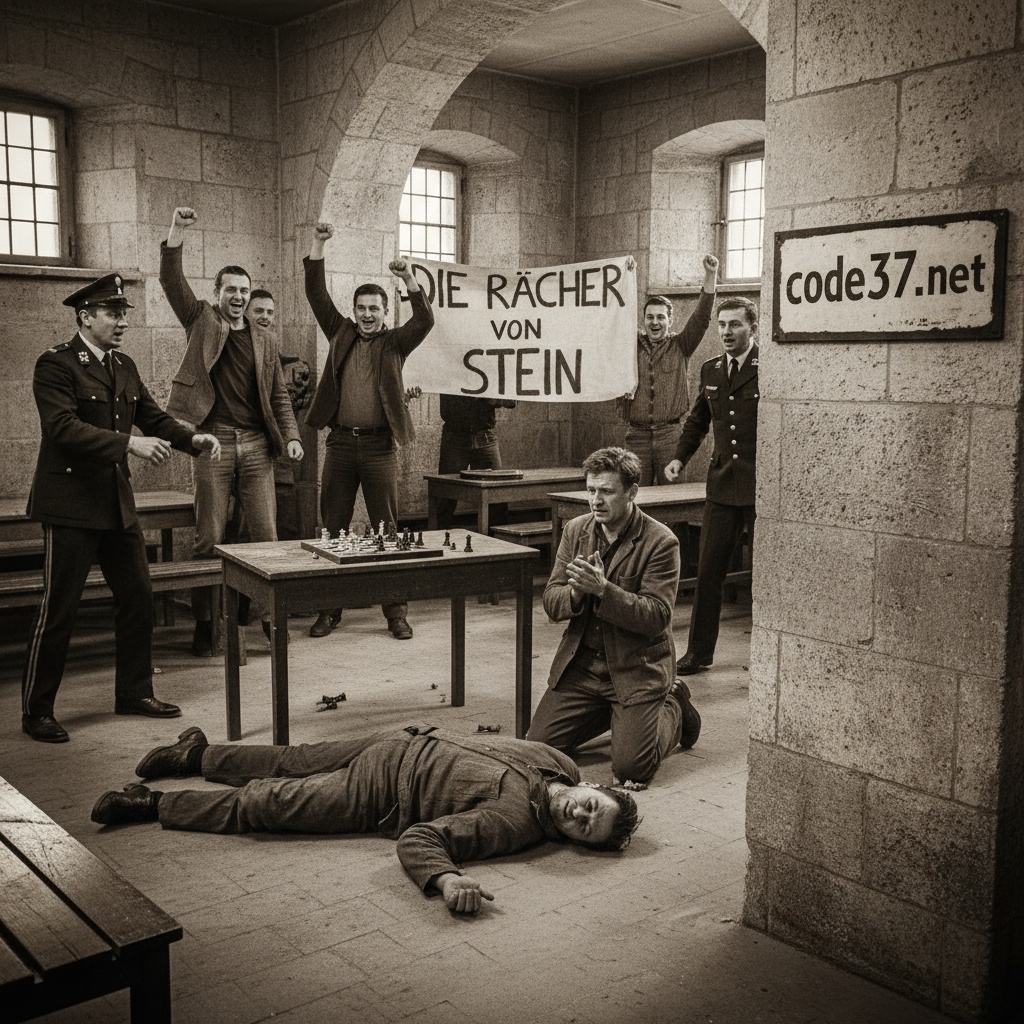
Göran Lindberg is not just a name, but a story that has deeply shaken Swedish society. Born on April 25, 1946, in Uppsala, Lindberg was once a respected police chief, a well-known advocate for women’s rights, and a role model in Swedish policing. But behind this facade lay a dark side that made him a convicted serial rapist. This paradox raises questions about power, abuse, and the complexity of human behavior. Lindberg graduated with a law degree in 1972 and quickly rose through the police ranks. His career began with promising beginnings: he was rector of the Swedish National Police Academy from 1989 to 1997 and eventually became police chief in Uppsala from 1997 to 2006. During this time, he built a reputation as a progressive and empathetic official, even receiving the “Man of the Future” award from the municipality of Uppsala in June 2002 and becoming a member of the Royal Swedish Academy of Military Sciences in 2003. Lindberg enjoyed an impeccable reputation as a vehement advocate for the rights of disadvantaged groups. He sponsored a refuge for abused young people and advocated for more sensitive treatment of rape victims within the police force. His commitment to gender equality earned him the nickname “Captain Dress,” which he wore with pride. This nickname later became a symbol of his double standards due to his alleged sensitivity to women’s issues. Despite his efforts, it turned out that Lindberg’s commitment to women’s rights and equality was a facade that hid his true inclinations, which were completely contrary to his clean-cut public image. Lindberg’s arrest on January 25, 2010, came as a surprise to many. Lindberg was accused of sexually abusing a 14-year-old girl and raping several other women. The shock of his arrest was profound. The man who was once considered a voice for women and equality was now standing trial himself. With the verdict on July 30, 2010, which convicted him of several sexual offenses, the hypocrisy of his public persona became apparent. The circumstances of his arrest were so scandalous that they seemed to come straight out of a crime novel by Henning Mankell or Stieg Larsson. Lindberg was arrested at a gas station, where he was planning to meet a 14-year-old girl. He intended to take her to a hotel room, where several other men were already waiting for her. A bag in the car confirmed Lindberg’s intentions. It contained various sex toys, including whips, handcuffs, and Viagra. One of Lindberg’s victims, a 14-year-old girl, later testified that she had been sexually abused by several men. Lindberg himself always referred to her as “Daddy’s girl,” who was into sadistic sex games. The police had been on Lindberg’s trail because of the death of a 60-year-old multimillionaire. He was found dead under a balcony in a Stockholm suburb in July 2009. He had been expecting young female visitors, but instead a gang of men showed up and brutally beat him up. After that, he jumped from the balcony, either voluntarily or with help. The deceased man was allegedly involved in an illegal sex network. An unexpected direct link between Lindberg and this incident led the police in an even darker direction. The discovery of Lindberg’s contact details on the dead man raised questions about the integrity of the former police chief in a new light. An investigation campaign against Lindberg, codenamed “Operation Väregrund,” was launched, which investigated Lindberg for six months until the trap finally snapped shut. The news of Lindberg’s double life shocked Swedish society. In a country that prides itself on its progressive stance on equality and women’s rights, it was inconceivable that the leading advocate of these ideals was himself involved in serious crimes. Although skepticism toward the police is not uncommon in intellectual circles, the idea that such a high-ranking official was a client of underage prostitutes was almost unbearable. On July 30, 2010, Lindberg was brought to trial. Although he admitted to buying sex, which is illegal in Sweden, he denied the more serious charges of rape and pimping. The court found him guilty on several counts and sentenced him to 6 years and 6 months in prison. The sentence was later reduced to 6 years, but the social and moral consequences remained. He was also ordered to pay nearly 300,000 kronor in damages to 3 victims. In 2014, Lindberg was released from prison on parole after serving two-thirds of his sentence. Göran Lindberg’s story is more than that of a convicted criminal. It is a reflection of our society and the complexity of human nature. It shows how what appears on the surface often stands in stark contrast to what remains hidden. Lindberg’s case is a reminder that even the supposed guardians of order can be caught up in their own mistakes. His example encourages critical reflection on power, abuse, and responsibility. While the detectives in the stories of Mankell and Larsson often hunt criminals, Lindberg is the protagonist who plays the role of the villain. In a world where good and evil often blur into one another, the question remains: Who is really the hero, and who is the villain?




